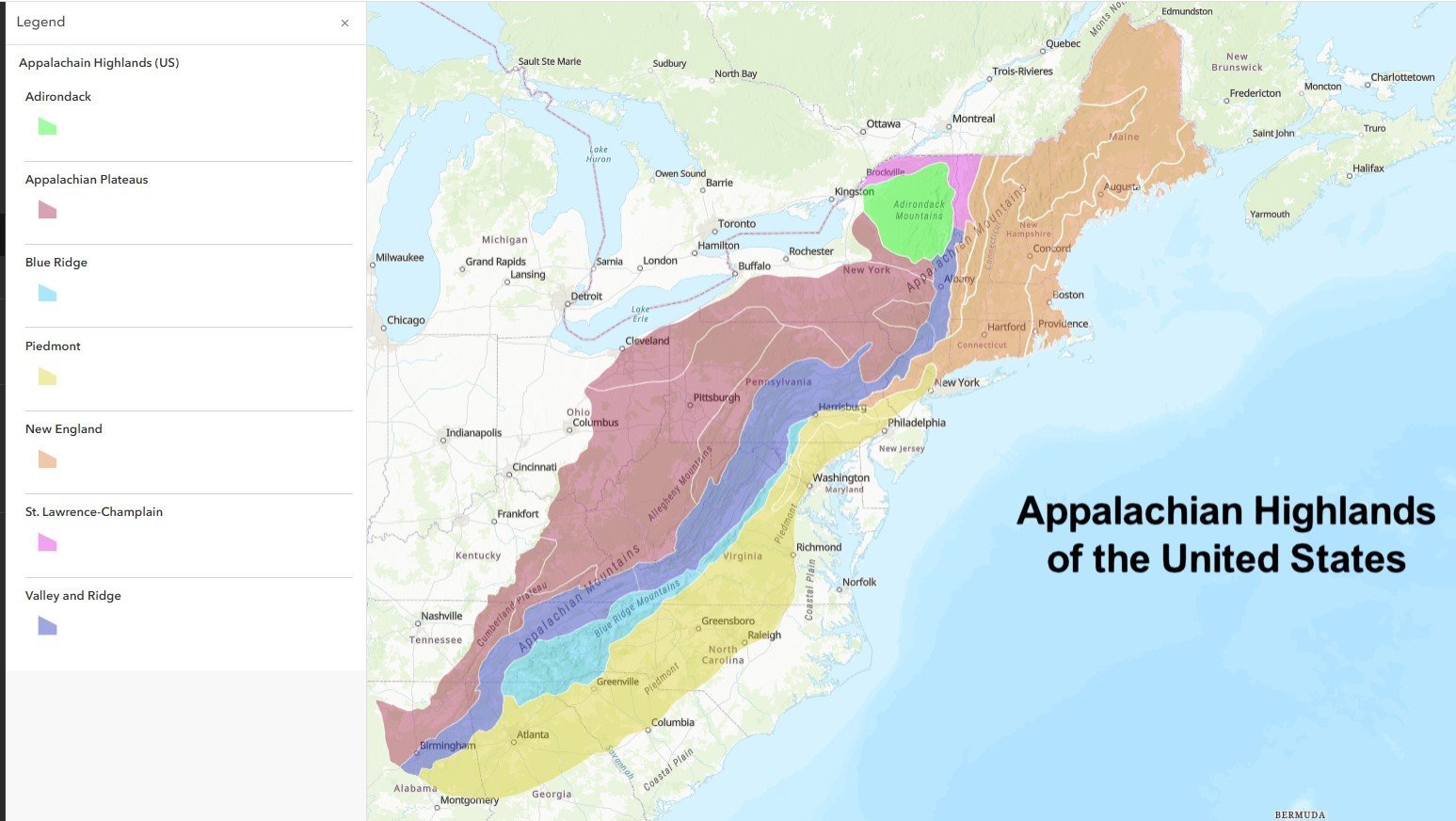The Appalachian Trail stretches an impressive 2,197.4 miles across 14 states, offering hikers an epic journey through diverse landscapes, from Georgia’s southern mountains to Maine’s rugged wilderness. This legendary trail winds through dense forests, crosses mountain ranges, and provides an unparalleled exploration of the eastern United States’ most breathtaking natural terrain.
What Are the Total Miles of the Appalachian Trail?

The Appalachian Trail spans 2,197.4 miles as of 2023-2024, traversing a remarkable geographical landscape that challenges and inspires hikers from around the world. This extensive trail represents one of the most significant long-distance hiking routes in North America.
How Does the Trail Break Down by State?
| State | Miles | Percentage of Total Trail |
|---|---|---|
| Georgia | 79 | 3.6% |
| North Carolina | 95 | 4.3% |
| Tennessee | 167 | 7.6% |
| Virginia | 550 | 25% |
| West Virginia | 59 | 2.7% |
| Maryland | 41 | 1.9% |
| Pennsylvania | 229 | 10.4% |
| New Jersey | 72 | 3.3% |
| New York | 88 | 4% |
| Connecticut | 52 | 2.4% |
| Massachusetts | 90 | 4.1% |
| Vermont | 150 | 6.8% |
| New Hampshire | 161 | 7.3% |
| Maine | 310 | 14.1% |
What Makes Each Section Unique?

Southern Section Highlights
- Georgia to North Carolina:
- Starts at Springer Mountain
- Includes challenging terrain
- Elevation ranges from 1,500 to 4,500 feet
Mid-Atlantic Challenges
- Pennsylvania’s Rocky Miles:
- Known for challenging, rocky terrain
- Approximately 229 miles of diverse landscapes
- Includes numerous state parks and forest areas
New England’s Dramatic Terrain
- Maine’s Final Stretch:
- Most challenging section
- 310 miles of wilderness
- Culminates at Mount Katahdin
How Long Does It Take to Hike the Entire Trail?
Hiking Speed and Duration
- Average hiker covers 8-10 miles per day
- Total thru-hike typically takes 5-7 months
- Fastest recorded completion: 46.5 days
- Average completion time: 165 days
What Are the Key Elevation Challenges?
- Total elevation gain: Approximately 464,500 feet
- Highest point: Clingmans Dome (6,643 feet)
- Lowest point: Bear Mountain, New York (124 feet)
Essential Hiking Considerations
Preparation Checklist
- Physical fitness training
- Proper gear selection
- Seasonal weather preparation
- Navigation tools
- Emergency communication devices
Safety Recommendations
- Carry bear-proof food containers
- Pack appropriate clothing layers
- Understand wilderness first aid
- Register hiking plans with local authorities
- Maintain regular communication with support network
Trail Accessibility and Resources
Support Infrastructure
- Road crossings average 4 miles apart
- Numerous shelters and camping sites
- Resupply points in multiple towns
- Shuttle services available in many regions
Who Manages the Trail?
The Appalachian Trail is managed by:
– Appalachian Trail Conservancy
– National Park Service
– U.S. Forest Service
– State-level conservation agencies
Recommended Gear
- Lightweight backpack
- Durable hiking boots
- Water filtration system
- GPS/navigation device
- First aid kit
- Appropriate seasonal clothing
Final Trail Insights
The Appalachian Trail represents more than miles—it’s a transformative journey through America’s most stunning wilderness, offering hikers an unparalleled opportunity to challenge themselves and connect with nature.

